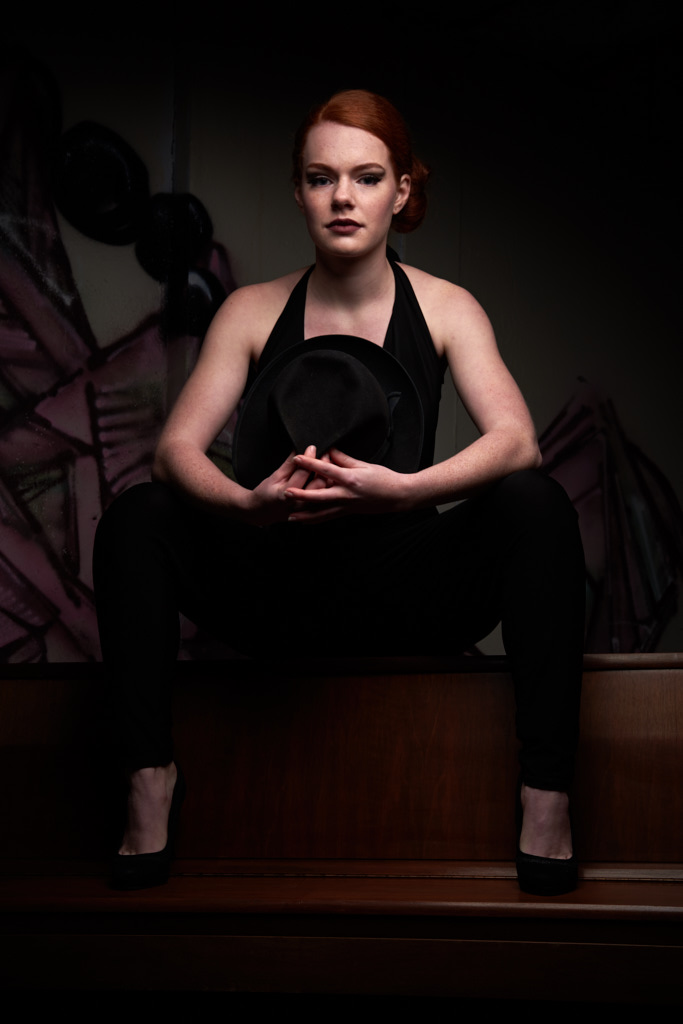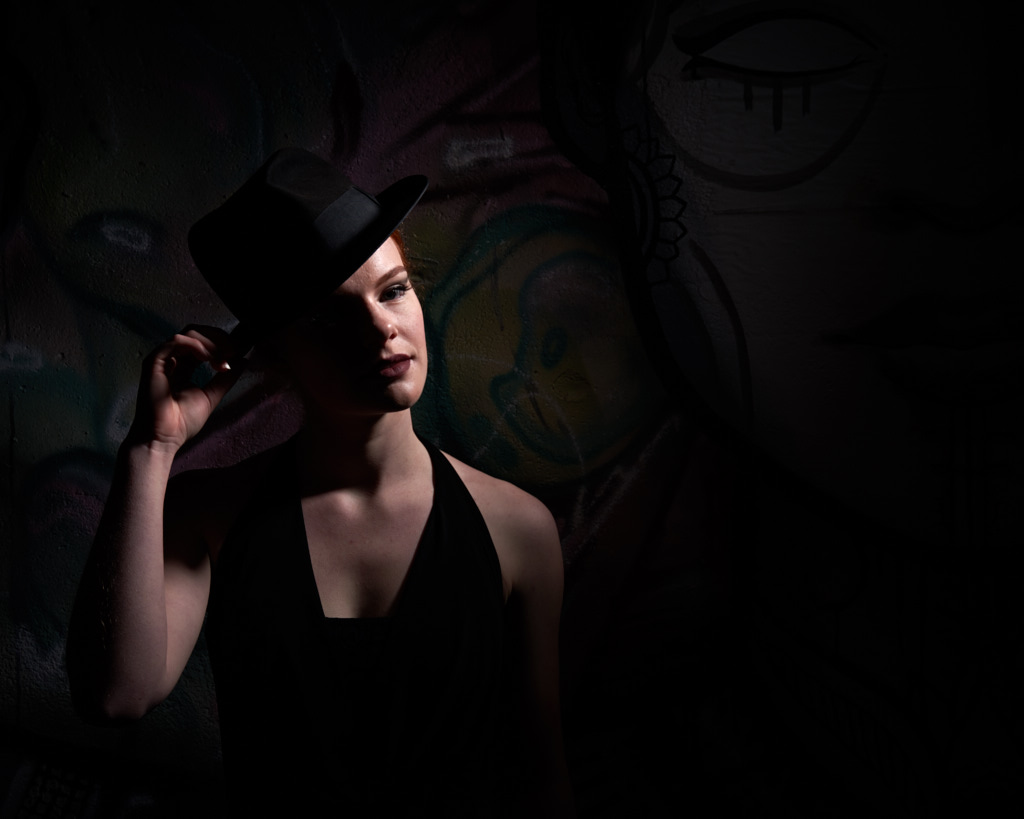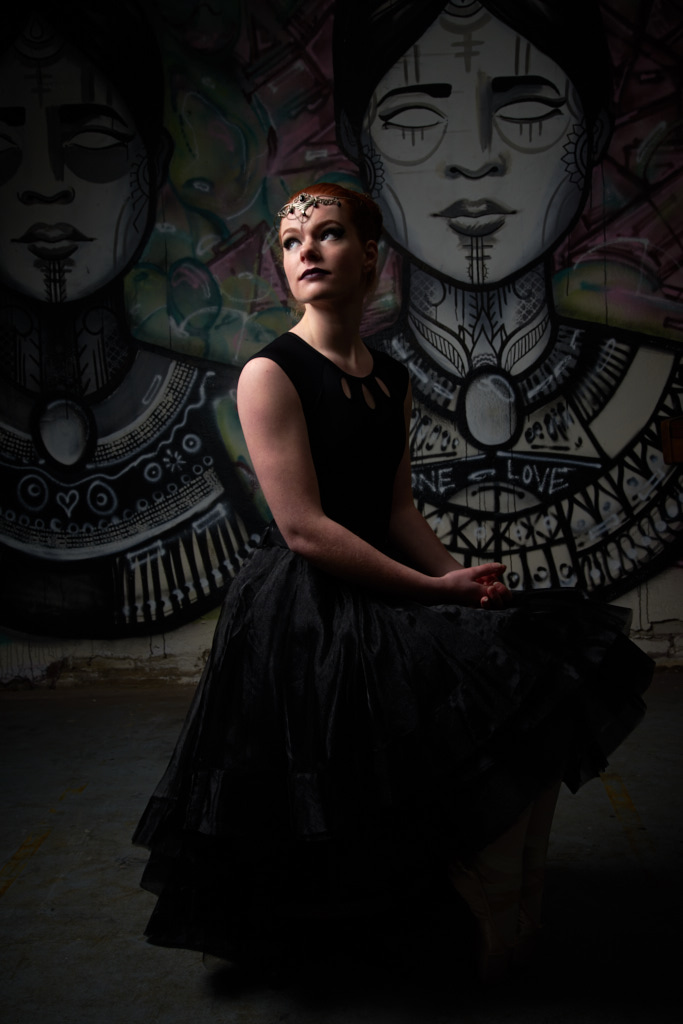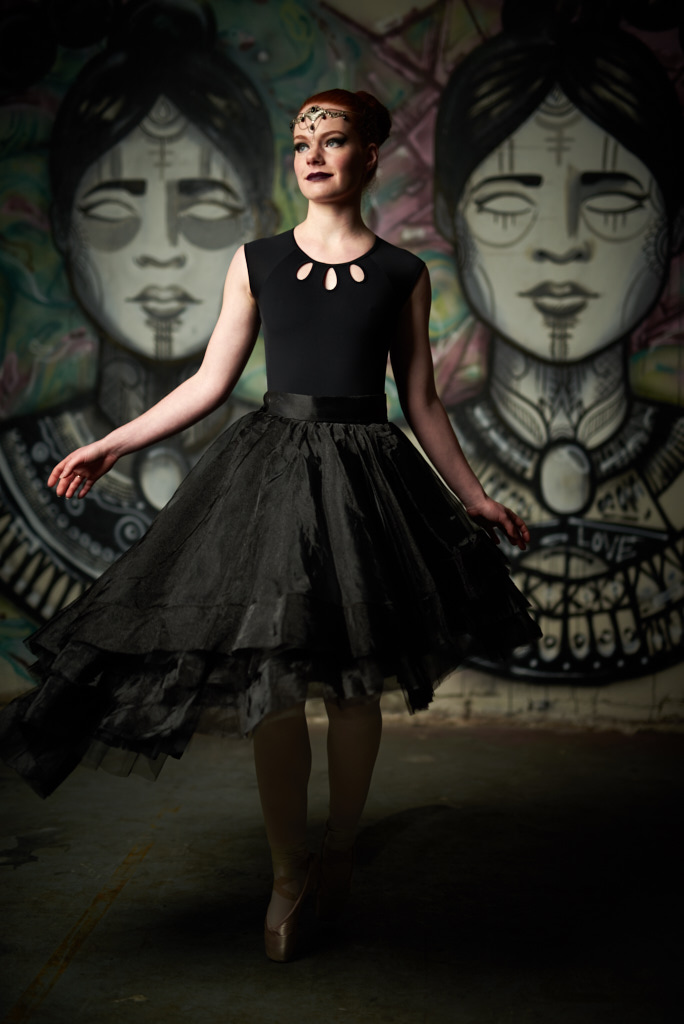Fotografie in Beeld 2016
Afgelopen zaterdag was het zo ver, Fotografie in Beeld was terug, dit keer in de Loads in Krommenie. Tijdens dit evenement heb ik in twee demonstraties geven. De eerste stond in het teken van fotograferen met de Elinchrom RX one en dat je heel veel kan doen met dit ene 100watt/sec flitslampje. Van contrast rijke portretten tot gelijk belichte groepsportretten.



De tweede demo stond in het teken van dansfotografie. Model en Ballerina Kim heeft hard haar beste gedaan ondanks het erg koud was!


Naast mijn demo's waren er ook diverse workshop van andere topfotografen als Wendy Appelman, Richard Terborg, Aad Sommeling, Ronald Koster, Geert Langelaan en vele andere. Daarnaast waren er ook stands van Nikon, Olympus, FotoFlits, Jan R Smit, Xposer, Kybota, Pf, Shutr en er was het echte Cafe Obscura cafe plein!
Het was een erg leuke dag ondanks het een beetje aan de koude kant was! Heb je de demo's gemist of zou je zelf aan de slag willen gaan? Ga dan nu naar de want er staan weer diverse workshops geplant! Onder andere:
- 26 november: Shooten en Shoppen
- 9 december: Haal meer uit je reportage flitser
- 10 december: Grootste portretten in kleine ruimtes
- 11 december: Dansfotografie
Tevens nog veel dank voor het team:
Assistent: Mike Kool
MUA: Ashley Wolthers
Model: Kim Ursem
Why you don't need the most expensive fast Glass
Hi All,
There is something I wanted to share for a while, so here it is. I hear al lot of people always go, you need the most expensive glass and the fasted apertures, Get the Canon 50mm 1.2L for the smallest depth of field and so on. But there is a catch especially with portrait work. And that is what I am going to talk about.
I have for my Nikon kit one lens I do almost everything with. This is the Sigma 24-105 f4! Yes f-FOUR!!! Not 2.8. So most people say, they are bad for creating a Small Depth of Field. But they always forget there is always focal length and distance to subject in the equation. I made a small table:
Nikon D800/Sigma 24-105 Art @! 105mm 5.6
To make it a fair comparison I calculated everything with a 3 meter (30 feet) distance, with the most common used focal lengths. What you now can see is that with the Sigma 24-105 I can have a smaller Depth of Field at F4 than you can get with the 2.5x more expensive Canon 50mm 1.2L lens at 1.2.
This gives me also some extra advantages. I want to control my light, using strobes at 1.2 apertures is not really easy because a lot of studio strobes don't get that low and to kill the ambient light you have to start using ND filters. Also the compression for portraits at 105mm is beautifull. 50mm lenses are great for environmental portraits. But headshots are not flattering with 50m lenses. For people shooting portraits also take a look at an 85mm 1.8, you can get even smaller DOF with that than the 1.2
But whatever you do, never forget, a small DOF can be beautiful, but hell to focus. When people move maybe an inch it can make or break your shot. So a lot of time you even won't be shooting at maximum aperture, but more at f8 or f11. So you don't even need to buy the most expensive lenses to get great portraits.
Fuji !00 @ f2 with 1/1000
With Cropsensor camera's
The table above is calculated on 35mm/Full Frame camera's. Nowadays there are also a lot of great (mirrorless) crop sensor camera's like the Fuji's. The Fuji 56 1.2 is a killer portrait lens! And for the table, on 1.2 at 56mm you can get a 0,14 DOF! So don't come with the story you can't get a small DOF with a Crop Sensor camera!
With Medium Format
Or take a look at an old Hasselblad like the 500c/m with a 80mm 2.8. These baby's may be analogue, but still rock! I currently use to and love shooting with them and the quality and look is so great! For the table, at 2.8, 80mm you get an 0.38 DOF, so also small. And I can tell you, you will shoot the camera at f8 or f11 almost every time, because getting focus at f5.6 or lower is a challenge!
And with some nice film like Tri-X or Fuji Velvia, Scan them big (you can scan then up to 60mp eqv) and print them.
So I hope this helps you not to feel bad at not having the most expensive fast glass. You can do it with less. And yes the expensive lenses will be sharper and faster and all that. But it is still the photographer who seek the light, creates the composition and takes the pictures!
WHAT'S IN THE CAMERA BAG PART 2 THE NIKON BAG
This week part 2 in the series "What's in the bag", the Think Tank Airpot Airstream Nikon Bag! For the people who mist the last one about the Fuji Kit. You can read it here: WHAT'S IN THE CAMERA BAG PART 1: THE FUJI KIT.
This is my big production Nikon kit. Which I take with me on bigger productions and studio jobs. I must say I really like my Fuji's, but with no thetering options, only 16 megapixels and the writing speed, I still prefer my DSLR Nikon kit on bigger jobs!
The Think Tank Airport Airstream Bag
Did I all ready said I love Think Tank bags? Well, I do. They are great. In small packages they offer great space. You can easily adjust the lay-out to your needs with nice extra pockets on the outside and offer great protection for you gear. Beside the option to lock your zippers there is also a security cord in it so you can lock it to something else like a desk.
So this is how I configured mine:
My Nikon Gear
As told before I keep all my Nikon gear in it:
- Nikon D800
- Nikon D610
- Nikon 85 1.8G
- Nikon 50 1.8G
- Nikon SB-700
- Sigma 24-105 f4 Art
- Sigma 70-200 2.8
- Hohnle Grid
- Color checker
- Gossen Digisky Lightmeter
In the other pockets are other thing like:
- Business cards
- 8 Sanyo Enelope AA rechargeable batteries
- Extra Batteries for the camera's
- Connection cords
- Cleaning cloth
- Thetering cable
So this is my Nikon Big production kit. Next time I will take you through my Analog bag and my small production Nikon kit.



